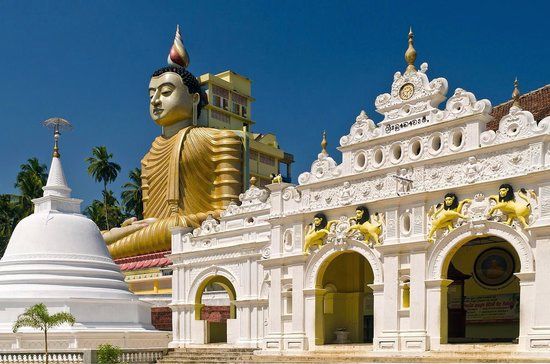Galle
Galle

The city of Galle is an old fortress dating back to the Dutch colonial period. It was built by the Dutch in 1663 and today occupies most of the promontory on which the older part of Galle lies (listed as a UNESCO World Heritage Site). From the 17th century, it served for over two hundred years as Sri Lanka's main port. The name is said to have been given by the Portuguese, who, upon hearing a rooster crow, called it Galo in Portuguese.
It is definitely an interesting historical site; for example, the American traveler Paul Theroux described it as a place "wreathed in the red flowers of hibiscus and scented with a mixture of palms and the ocean." Galle is also a rich blend of various styles and cultures that have passed through over the centuries. From the fortress walls, there is a beautiful view of the sea and the ocean. Even today, the fort remains a lively place, with residents living there, as well as restaurants, offices, and shops.
Unlike cities such as Anuradhapura (where the ancient ruins are separate from the New Town), both the old and new parts of Galle have remained in use, which is perhaps the city's greatest charm. Some historians also believe that Galle was the biblical location called Tarshish, from which King Solomon obtained spices and precious gems. Galle is situated in an area that was severely affected by the 2004 tsunami; fortunately, the old city was preserved thanks to its massive fortifications.
